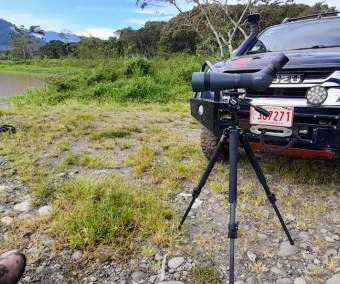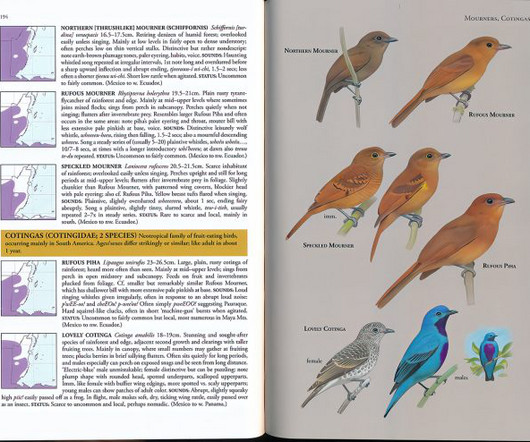Rancho Naturalista Lodge, Costa Rica, or in the Land of Coffee and Chocolate
10,000 Birds
DECEMBER 1, 2022
campus gardens – the Tropical Agricultural Research and Higher Education Centre, located 3 km east of the town of Turrialba. The subpopulation in northern Costa Rica and southern Nicaragua numbered 834 individuals in 2009, but was estimated at less than 200 individuals, equating to c. 130 mature individuals, in 2019 (Monge et al.












Let's personalize your content